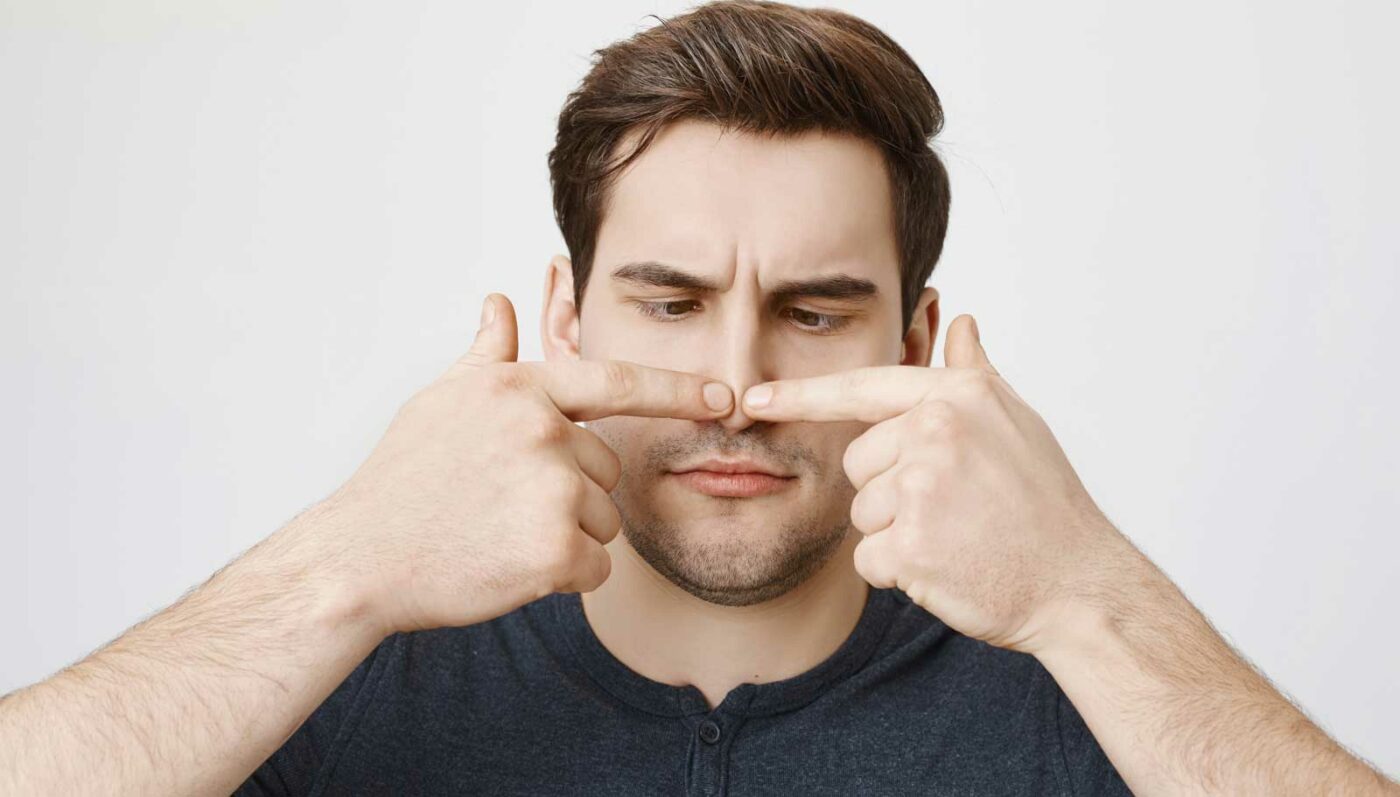Rhinoplasty revision is a type of plastic surgery procedure used to correct the results of a previous rhinoplasty surgery. The goal of a rhinoplasty revision is to improve the appearance and/or function of the nose by correcting issues that arose from the original rhinoplasty. According to estimations, 10 to 15 percent of rhinoplasty patients will require a revision procedure.
There are many reasons why a patient might need a rhinoplasty revision. In some cases, results of the original nose job surgery does not satisfy the patient. The patient may seek a revision to correct the results. Other times, a patient may have been satisfied with the initial results of the nose job. Due to age or other factors, may need extra work to maintain their results.
The most common reasons for a rhinoplasty revision include a wide bridge, a crooked bridge, a drooping tip, a bulbous tip, a wide or upturned tip, asymmetry, or a lack of definition. Other reasons may include difficulty in breathing due to a deviated septum or a blockage caused by scar tissue or bone spurs.
In order to decide whether or not a rhinoplasty revision is necessary, a patient should consult with their plastic surgeon to discuss their goals and expectations. The plastic surgeon will examine the patient’s nose and take into account their medical history before making a decision.
Rhinoplasty Revision Surgery
The procedure for a nose job revision typically involves the same steps as the original nose job. These steps include making incisions, reshaping the cartilage and bone, and suturing the incisions. Depending on the patient’s desired outcome, the plastic surgeon may add or remove cartilage or bone, and may use a graft from another part of the body to improve the shape of the nose. The surgeon may also use a synthetic material such as a silicone implant to create a more aesthetically pleasing result.
Rhinoplasty revision is a safe and effective procedure that can help patients achieve their desired look. However, it is important to note that revision rhinoplasty is more complex than the original nose job and as such carries a higher risk of complications. These complications may include infection, scarring, nerve damage, and asymmetry. It is important for patients to discuss any risks and potential complications with their surgeon before undergoing the procedure.
In conclusion, rhinoplasty revision is a procedure that can help patients correct the results of a previous rhinoplasty. It is important for patients to consult with their plastic surgeon to discuss their goals and expectations before undergoing the procedure. The procedure is safe and effective, but carries a higher risk of complications than the original nose job.





